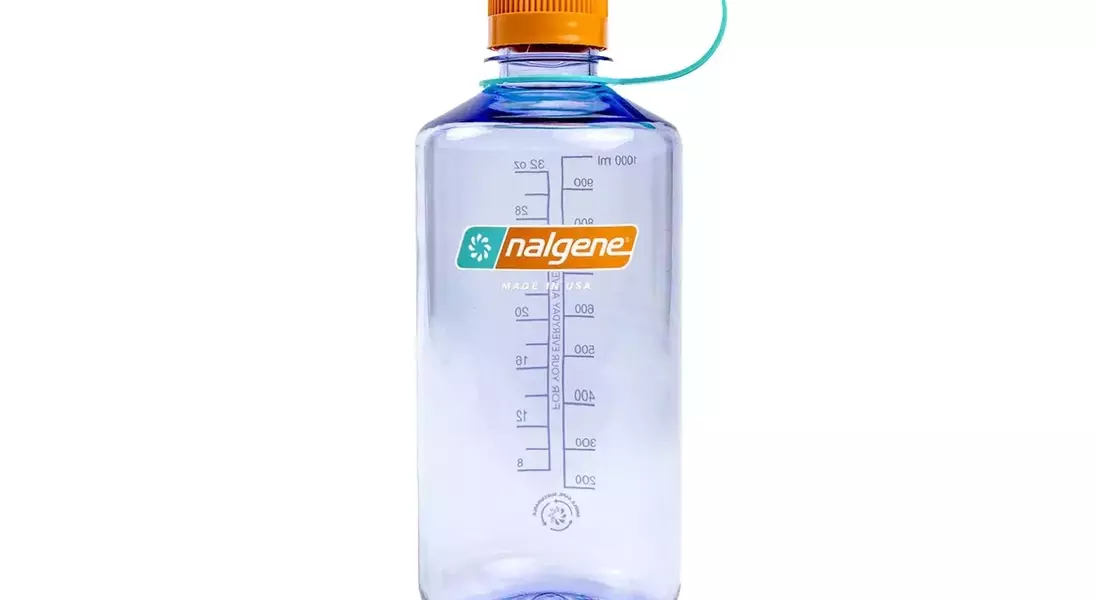
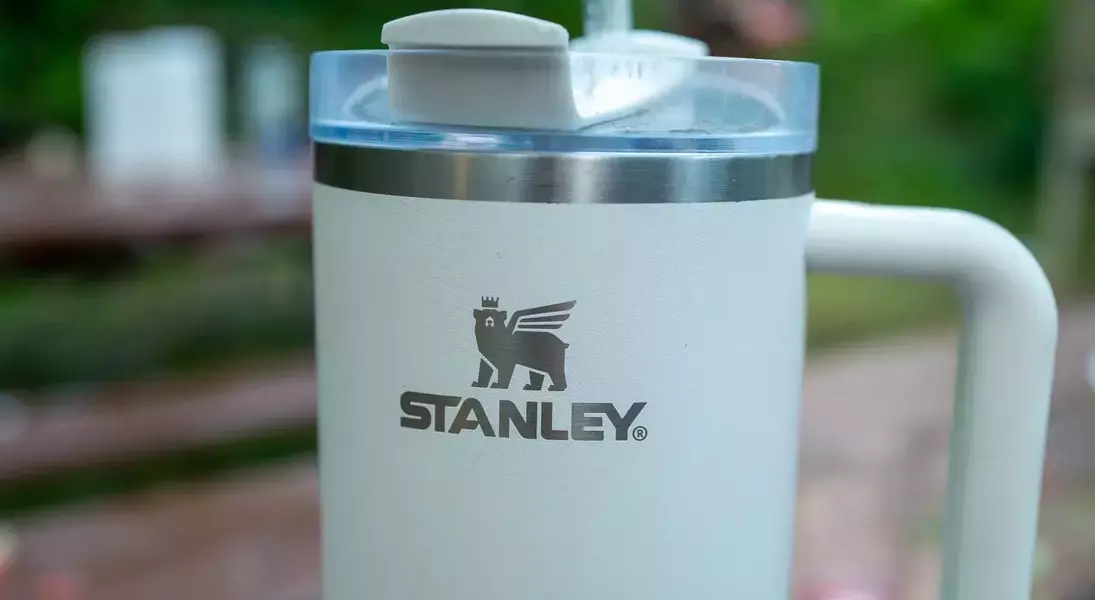
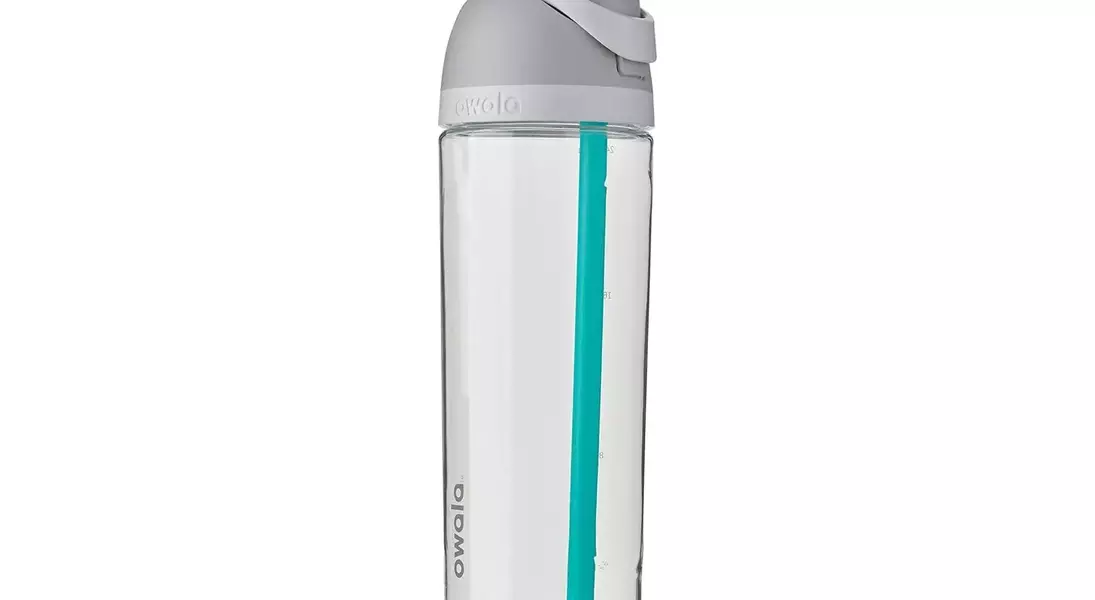


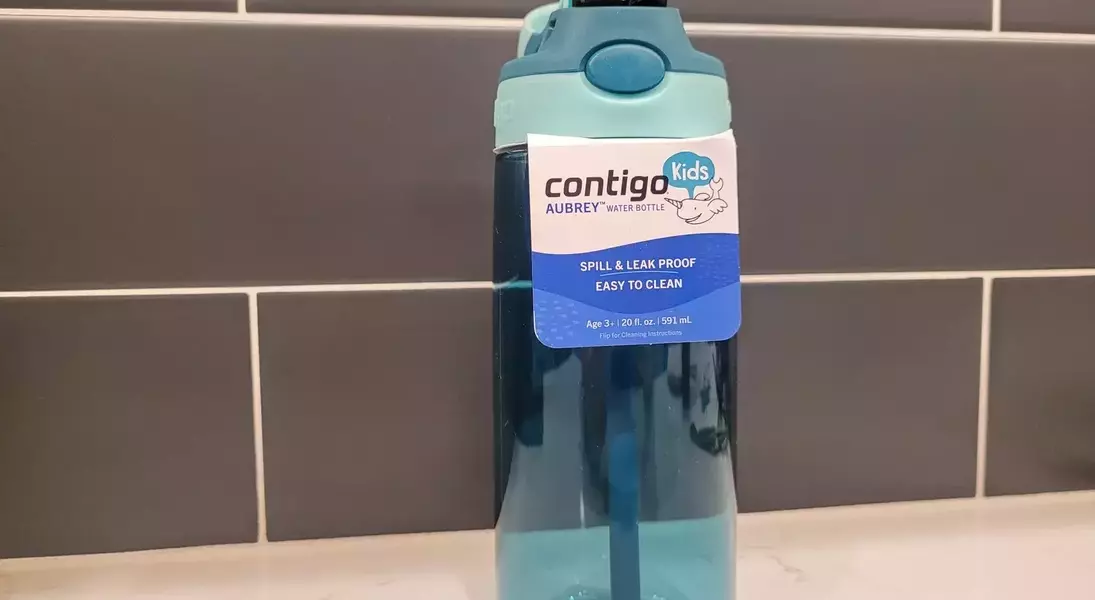
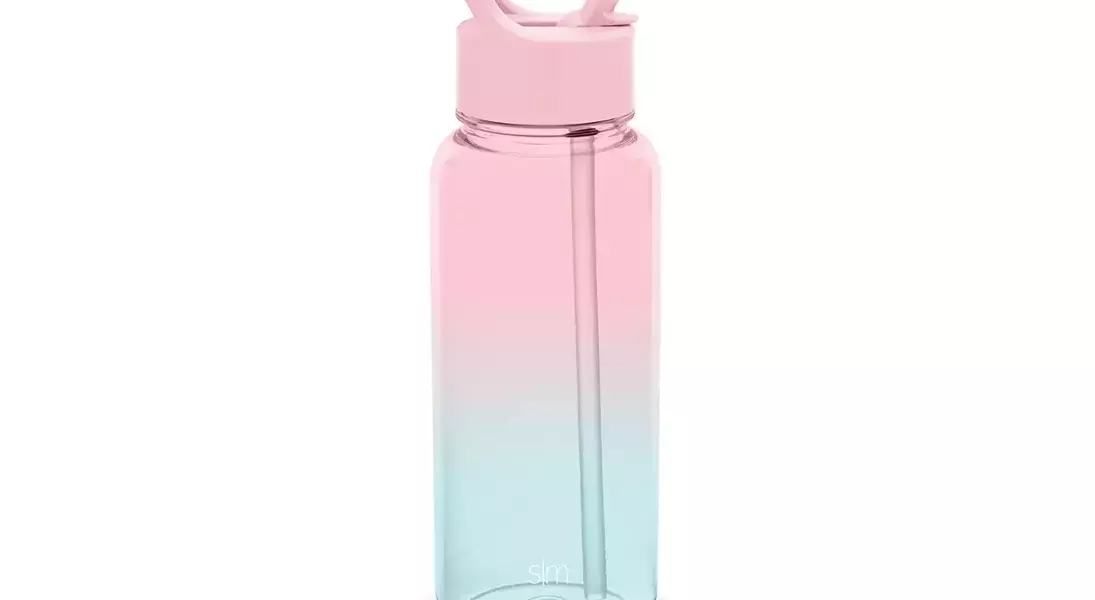


With a new academic year on the horizon, school administrators and parents are grappling with an evolving trend in student essentials: water bottles. A growing number of schools are enforcing policies that prohibit opaque metal or stainless steel containers, instead requiring students to use transparent plastic bottles. This policy shift is not merely a response to viral social media incidents but stems from practical considerations regarding classroom management, health, and safety. As a result, families are now exploring alternative hydration solutions that comply with these updated guidelines.
This transition emphasizes the importance of understanding why these changes are being implemented and identifying appropriate products. While metal bottles offer excellent insulation, their opacity and potential for misuse have led to widespread bans. Consequently, the market for clear, durable, and safe plastic water bottles is expanding, offering numerous choices that meet both school requirements and student needs. Selecting the right bottle ensures adherence to new rules while supporting healthy hydration habits for children throughout the school day.
The Rationale Behind Clear Bottle Mandates
The increasing adoption of clear water bottle policies in schools is driven by several key factors aimed at improving the learning environment and ensuring student well-being. These opaque containers, particularly those made from metal, have been identified as sources of disruption due to noise and potential for concealing liquids other than water. Furthermore, the inherent weight and rigidity of metal bottles pose a safety risk, as accidental drops or throws could lead to injury. This shift encourages a more transparent approach to hydration, promoting order and safety within school premises.
Schools are striving to minimize distractions and maintain a secure atmosphere. Metal bottles can create loud noises when dropped or handled carelessly, disrupting lessons. Their opaque nature makes it impossible for staff to verify their contents, raising concerns about hidden sugary drinks that could contribute to messes or health issues. Additionally, the solid construction of metal bottles presents a potential hazard if used improperly, leading to a preference for lighter, transparent, and less harmful alternatives. Therefore, the move towards clear plastic bottles addresses these multifaceted challenges, fostering a safer and more conducive educational setting for all students.
Top Clear Plastic Water Bottle Alternatives
As schools transition to clear water bottle policies, parents are seeking reliable and durable plastic options. Several leading brands offer excellent choices that combine functionality with compliance. Owala's FreeSip Clear water bottle is a popular choice among students, known for its leak-proof design, convenient carrying handle, and dual-function spout that allows for both sipping and gulping. Made from dishwasher-safe, stain and odor-resistant Tritan plastic, it keeps drinks cold and is free from harmful chemicals. A testament to its insulating properties, one parent noted that a forgotten Owala bottle in a classroom kept water cold overnight.
Yeti, a brand renowned for its robust outdoor gear, provides the Yonder Water Bottle with a Yonder Straw Cap, offering the same quality as their metal products but in a lightweight, dishwasher-safe plastic form. Praised for its leak-proof construction, this bottle is ideal for active students. Contigo's Aubrey Water Bottle, recognized for its spill-proof and leak-proof features, is perfect for younger children, featuring a silicone straw for easy drinking and a secure push-button lid. Simple Modern's Summit Collection, crafted from durable Tritan plastic, boasts a leak-proof lid with a secure click closure, making it resilient against the rigors of a school day and backed by a limited lifetime warranty. Lastly, Nalgene's Sustain Tritan Water Bottle with a Narrow Mouth, a timeless favorite, is made from 50% recycled materials and offers impressive insulation for a wide range of temperatures, ensuring cold drinks stay cold and hot drinks stay warm, while its narrow opening prevents spills—a practical feature for busy school hallways.
